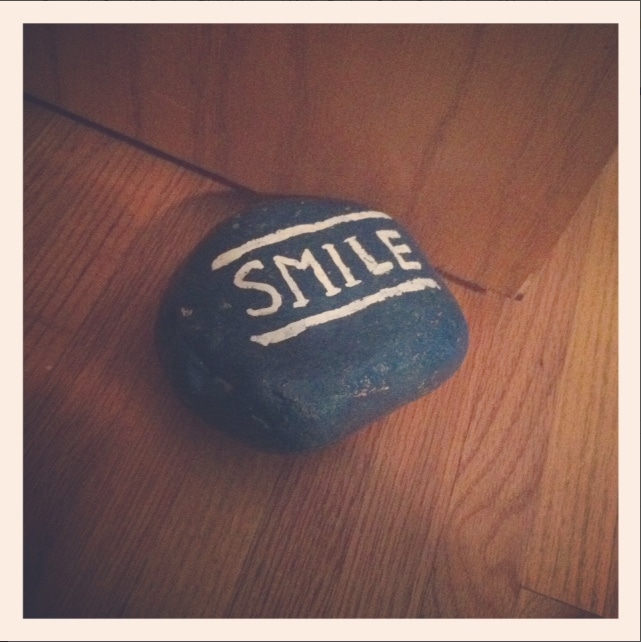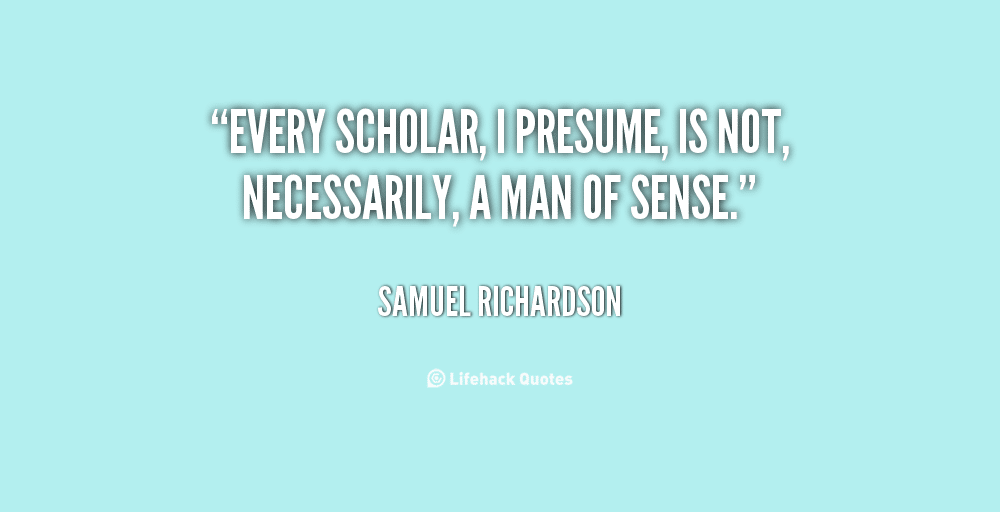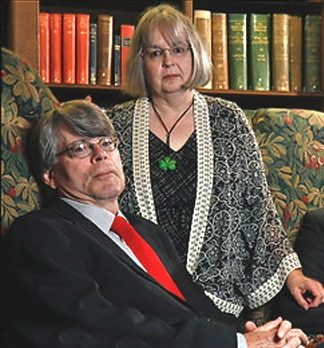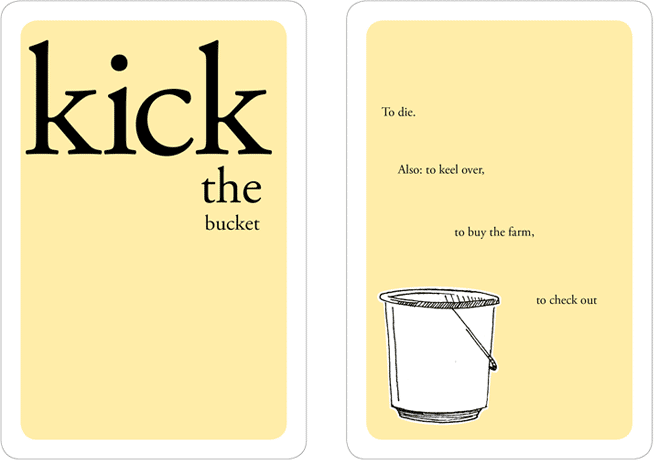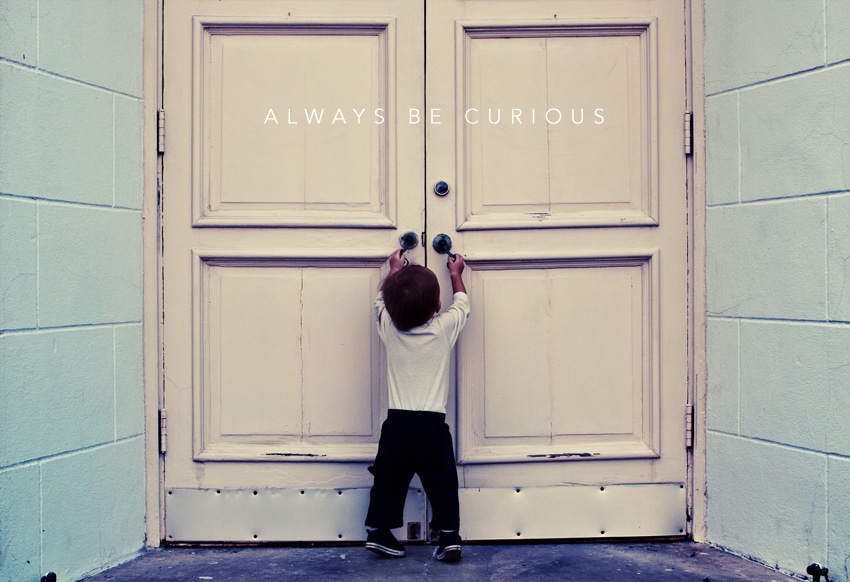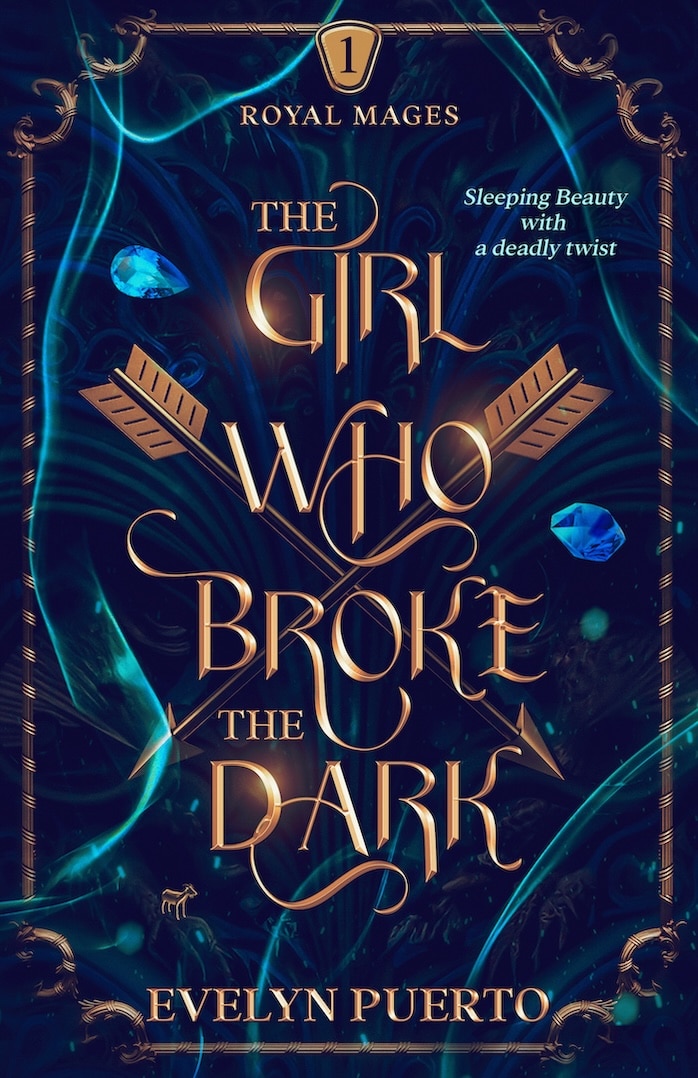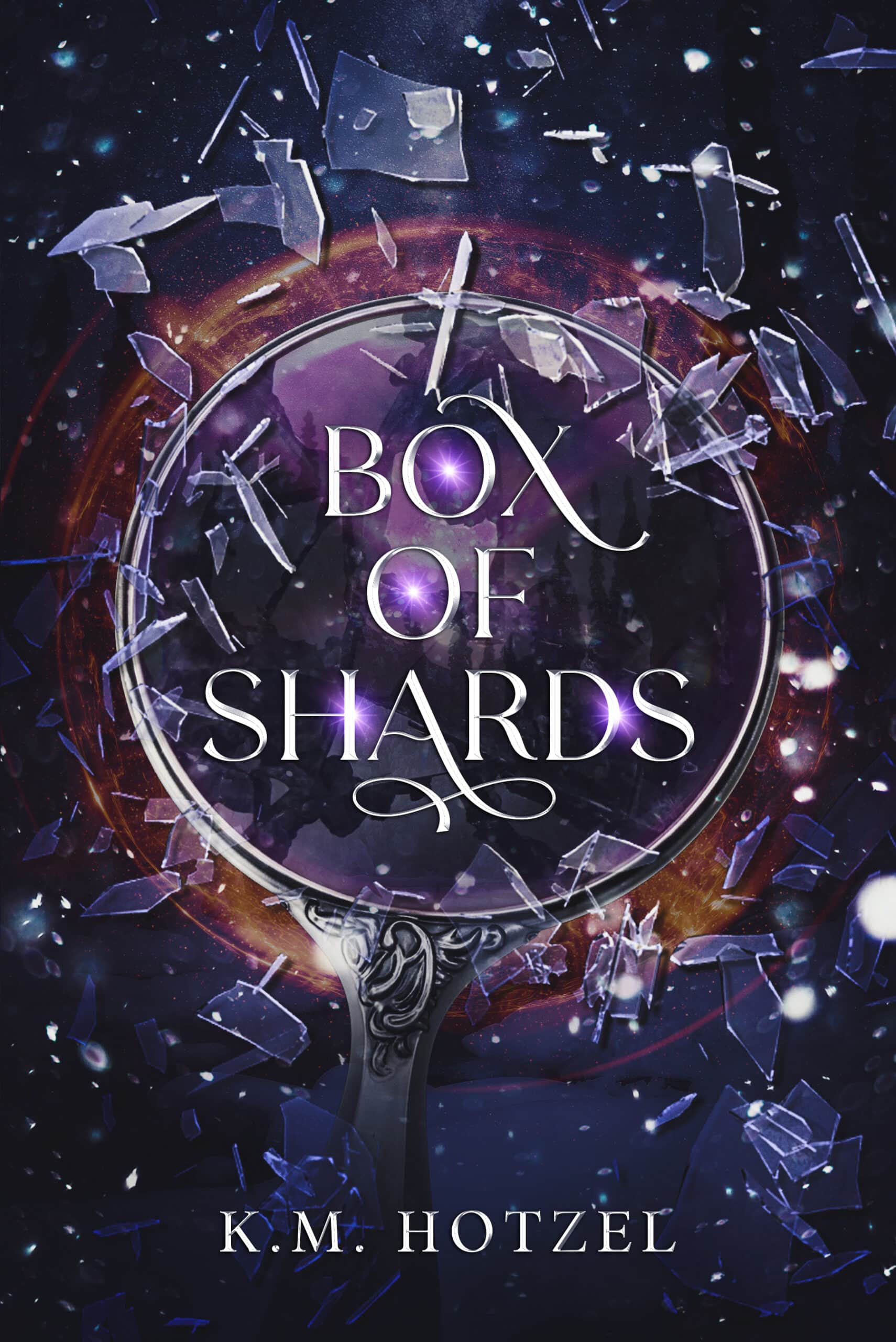I’ve recently discovered that whenever I think something is great or fantastic, and it’s worth commenting on how great or fantastic it is, I default to the exact same word in every conversation. It’s “awesome”. Everything is awesome.
If it’s funny, it’s awesome. If it’s pretty, it’s awesome. If it makes you think, it’s awesome. If it’s a weird random fact, it’s awesome. It’s funny because most of the time, I speak in SAT words.
